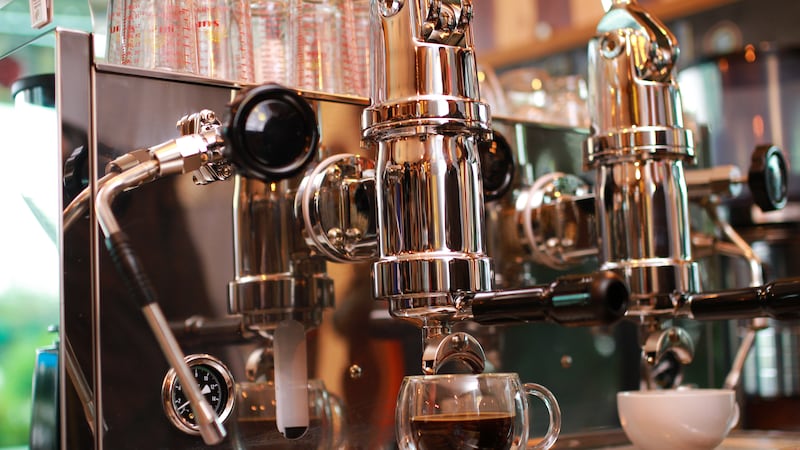One of the more memorable election slogans in Irish political history was used by Fianna Fáil in the summer of 1943, as it issued a warning: “Don’t change horses while crossing the stream.” In those days of Fianna Fáil versus the universe, after it had been in power for 11 years, it was a succinct and paternal message while the world was at war. But there were also signs that the party’s grip on power was becoming shakier. As historian Joe Lee has observed “the government was far more successful in curbing wages than in controlling prices”, and following that year’s general election it was reduced to a position of minority government.
Never happy with such precarity, Éamon de Valera called a snap election the following year, and achieved the overall majority he sought. Opposition parties were not happy to be fighting another election in 1944; Fine Gael was rudderless, and its idea of a possible alternative coalition came to nothing, while the Labour Party was riven with infighting. Alongside this, the uncertainty created by international conflict saw voters sticking with the de Valera they knew.
Taoiseach Leo Varadkar now seems poised to channel his inner de Valera. A recent interview he gave to Newstalk radio outlined what is likely to be his pitch for the next general election: “With more external shocks likely in the next couple of years, who do you want to lead you: the tried and trusted, who have led the country through several national crises, or a new government with no experience?”
History is instructive, too, as to how Varadkar’s version of the 1943 stream slogan might fare in the near future. By 1948 what was more important was the opposition mantra of “Put Them Out” which gained traction on the back of one party being in power for 16 years and a variety of disaffected constituencies. If current poll findings around party preferences were replicated in a general election the sitting government would still have a chance of being re-elected.
READ MORE
For Sinn Féin to take power would involve a novel coalition, the make-up of which remains unclear, but Sinn Féin will also have the advantage of targeting a Fine Gael which, if the election was held in 2025, will have been in power for 14 years.
The case made for change by Opposition parties in 1948, including the recently formed Clann na Poblachta, was not just about dislodging a party that seemed glued to the government benches; it was also about social reform, the perceived need for an elevated political morality and the poor performance of the Irish economy, which in 1947 had floundered. Clann na Poblachta made the mistake of running too many candidates – 93, of whom 10 were elected – but it created enough of a dent in Fianna Fáil’s support to force a change of government.
The general message is that expectations need to be tempered and prudence embraced, though these are hardly just warnings for the Government given the scale of the overhaul that is relentlessly promised by Sinn Féin
The current Government faces more than a stream to be crossed; it is increasingly looking at oceans of discontent, including an ongoing housing crisis, disaffected Gardaí at war with their commissioner, striking barristers, massive investment in the health services not producing the desired results, unhappiness with the implications of climate change policies and talk of new political entities gearing up for electoral battle. Increasing economic fragility will also complicate the political picture and warnings for the Government about economic forecasts, tax policies and other budgetary choices are mounting, including from the fiscal advisory council and, this week, from the ESRI.
The general message is that expectations need to be tempered and prudence embraced, though these are hardly just warnings for the Government given the scale of the overhaul that is relentlessly promised by Sinn Féin.
It will also be interesting to see how much political mileage there is in the insistence by the Government that “the centre must hold”.
In recent years political scientists have suggested the average Irish voter leans to the “centre left”, and the degree to which a political message of caution can breathe in that environment is questionable. The coalition will hardly be thanked for budgetary restraint, but is there sufficient will to think long-term in relation to that? There is still a paucity of ideological reflections from Government politicians beyond Fine Gael’s Paschal Donohoe describing himself as a “credible and committed centrist”.
There is more vote switching in modern politics than was the practice historically, but what is also striking is the crowded electoral pitch. The recent Irish Times/Ipsos poll suggests that support for Independents is running at 18 per cent, which roughly matches the Fine Gael percentage and towers above the smaller parties. This preference for Independents also underlines the challenges facing those wishing to establish new parties. It is not clear whether this complicated picture will produce a period of ideological repositioning or if coalition options and a variety of local issue electoral advances will make that less likely.














